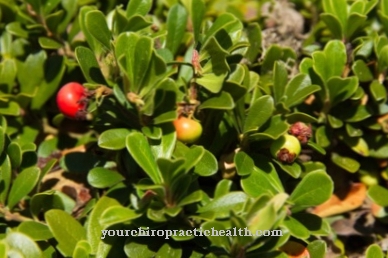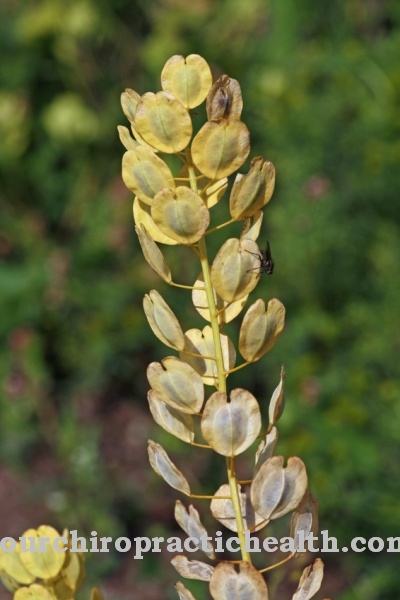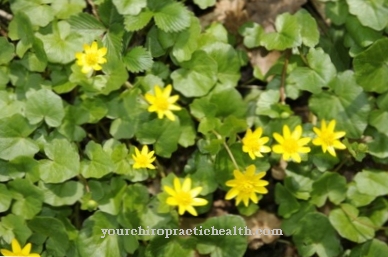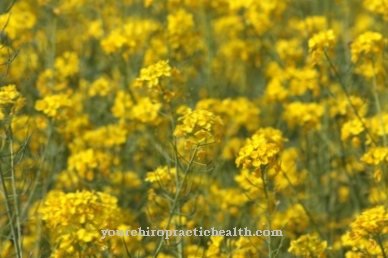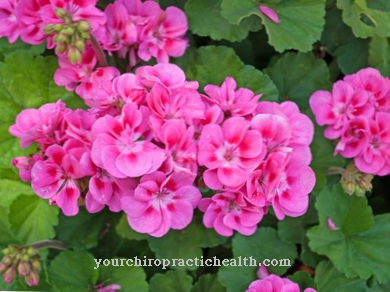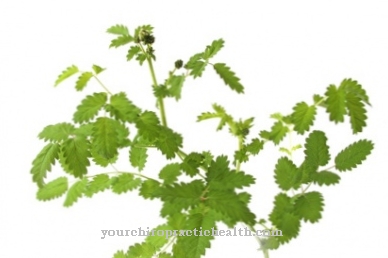anise is a well-known medicinal and aromatic plant from the umbelliferae family. Her Latin name is Pimpinella anisum. It is an annual plant that can grow up to 60 cm high. The entire plant is very aromatic and already exudes the typical scent that anise is known for.
Occurrence and cultivation of anise

From July to September the anise white flowers, brown fissure fruits in August and September. The latter are harvested as soon as they are ripe and can be used in sweets, alcoholic beverages or as natural medicine for healing purposes.
Anise contains up to 6% essential oils and can therefore also be used to extract oil for various purposes. The anise plant originally comes from the eastern Mediterranean. Today it is mainly imported from Egypt, Italy, Spain and Turkey.
In Germany, anise is rarely found as a wild form, as it prefers a dry climate and is difficult to grow. But it is partly cultivated in this country.
Collection time: July - August, umbel flowers are harvested when they are ripe, yellow-brown and then dried. Finally, knock out the fruit.
Effect & application
anise can be used in very different ways. Particularly well-known are some high-proof alcoholic beverages that have the very typical aroma of aniseed fruits. These include, for example, ouzo, pastis or sambuca.
Under certain circumstances, however, the anise is partly or completely replaced by star anise, which is imported from China. Baked goods with the popular aniseed aroma are also known in western cuisine, for example the aniseed biscuits, which are especially available at Christmas, or the aniseed bread rolls, which are particularly popular in southern Germany. Cooking recipes that contain aniseed fruits or aniseed flowers are less well known, but do exist.
The flowers can be used in a salad, the stems and roots in soups and stews. Sweets that take advantage of the strong and tasty aroma of anise are also very popular. These include, above all, candies in various shapes, which, in addition to their pleasant taste, can also have a beneficial effect on the throat and throat. For this reason, anise is also used in naturopathy.
Candies and pastilles for sore throats and coughs often contain aniseed ingredients. Together with fennel and caraway, the versatile plant is also found in various herbal teas, which can have gentle healing effects on different areas of the body. Last but not least, anise can also be used as an essential oil to scent a room or to rub in for various complaints.
Properties: expectorant, exfoliating, antispasmodic
Healing effects: for flatulence, stimulates milk production, alleviates cramp-like gastrointestinal complaints, inflammation of the mucous membranes of the airways, suitable for babies and small children
Dosage forms: Tea, infusion, oil, spices, liqueurs and herbal brandy
Combinations: Particularly well suited with fennel and caraway against gastrointestinal complaints, more pleasant in taste than caraway and fennel
Side effects: allergic reactions rarely occur
Significance for health, treatment & prevention
For anise There are numerous areas of application in naturopathy that can have positive effects on very different areas of health.
In the case of colds, the crushed fruits are used as an infusion or parts of the essential oil to relieve coughs and to gently loosen stuck phlegm. In candies and throat lozenges, aniseed ingredients help against throat and throat complaints. In these cases you can gargle with a special aniseed water. The plant is often used here together with fennel or mint. In addition, anise also has an antispasmodic and appetite stimulating effect and can therefore also be used for stomach problems.
Here, too, the crushed fruits, often combined with fennel and caraway, are poured into a tea and then taken several times a day. Since anise also has milk-binding properties and is popular with young children due to its pleasant taste, natural medicinal products with aniseed ingredients are ideal for pregnant women, breastfeeding women and babies. Anisees can also have a calming effect and be helpful for mild sleep disorders (including children).
Aniseed can also be used externally, for example for head lice, scabies or mites. To do this, the affected parts of the body are regularly rubbed with strong fennel tea or a tincture or ointment made from the essential aniseed oil. Such treatment is also possible in veterinary medicine, for example in dogs if they suffer from mites. It should be noted, however, that cats should never be treated with the essential aniseed oil, as it has a lethal effect on them.

